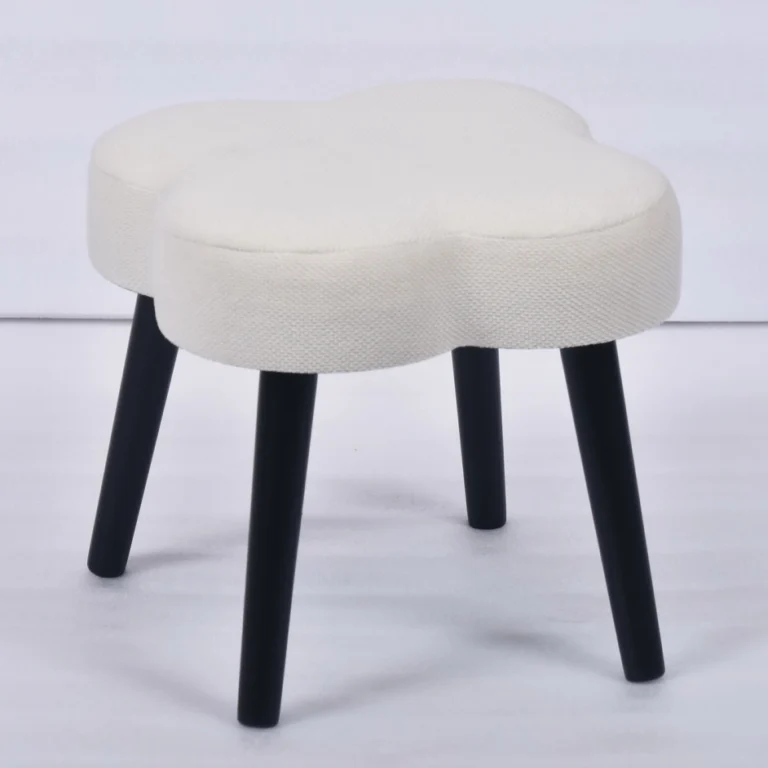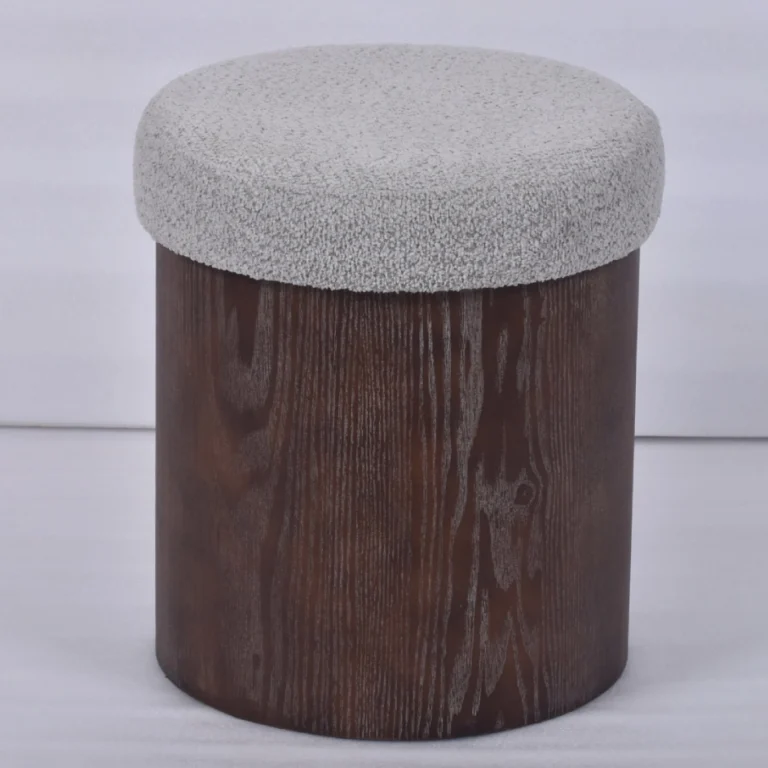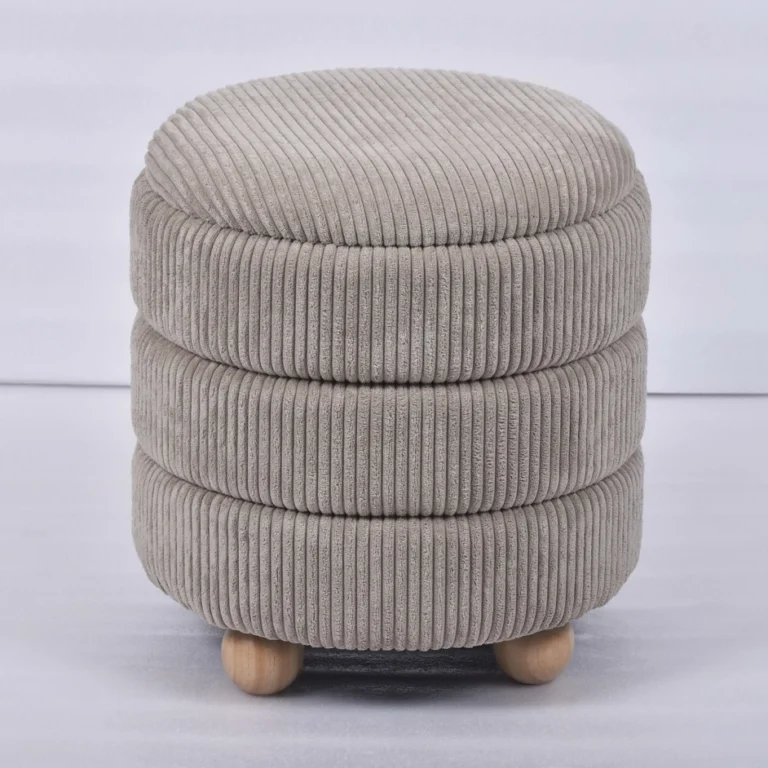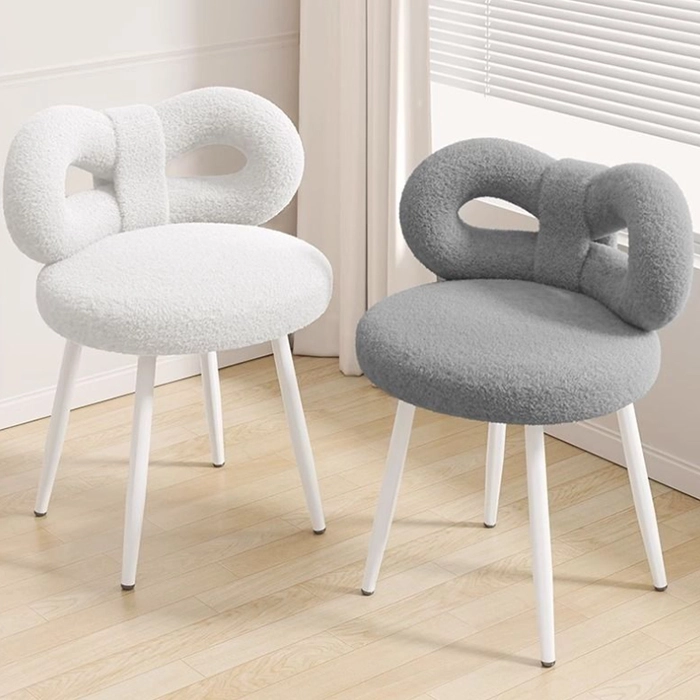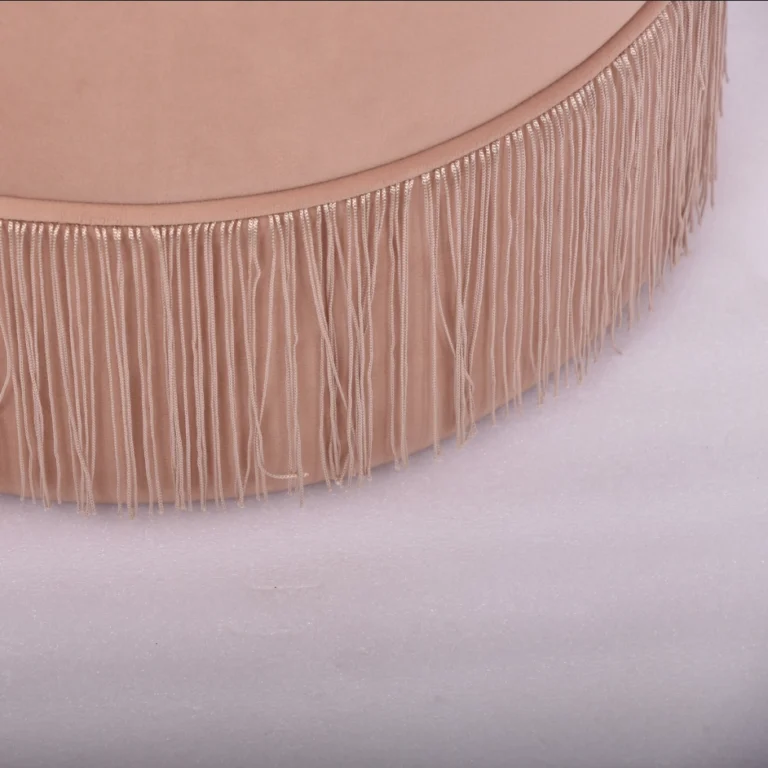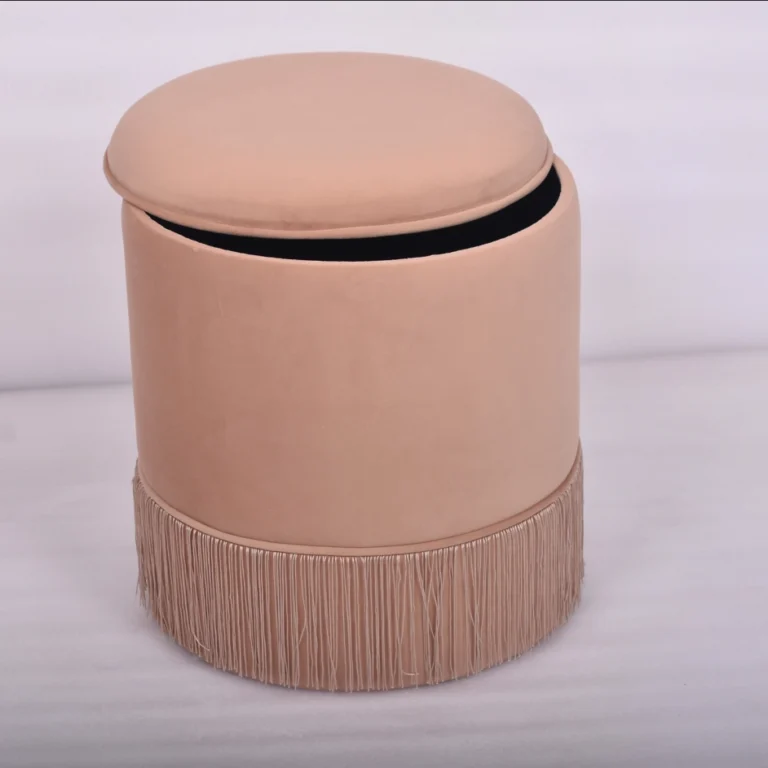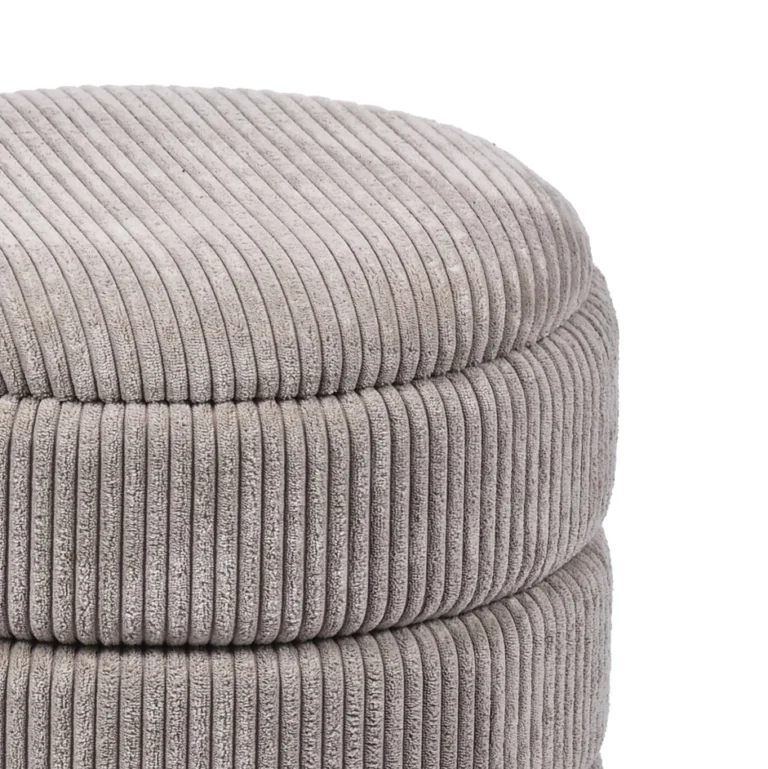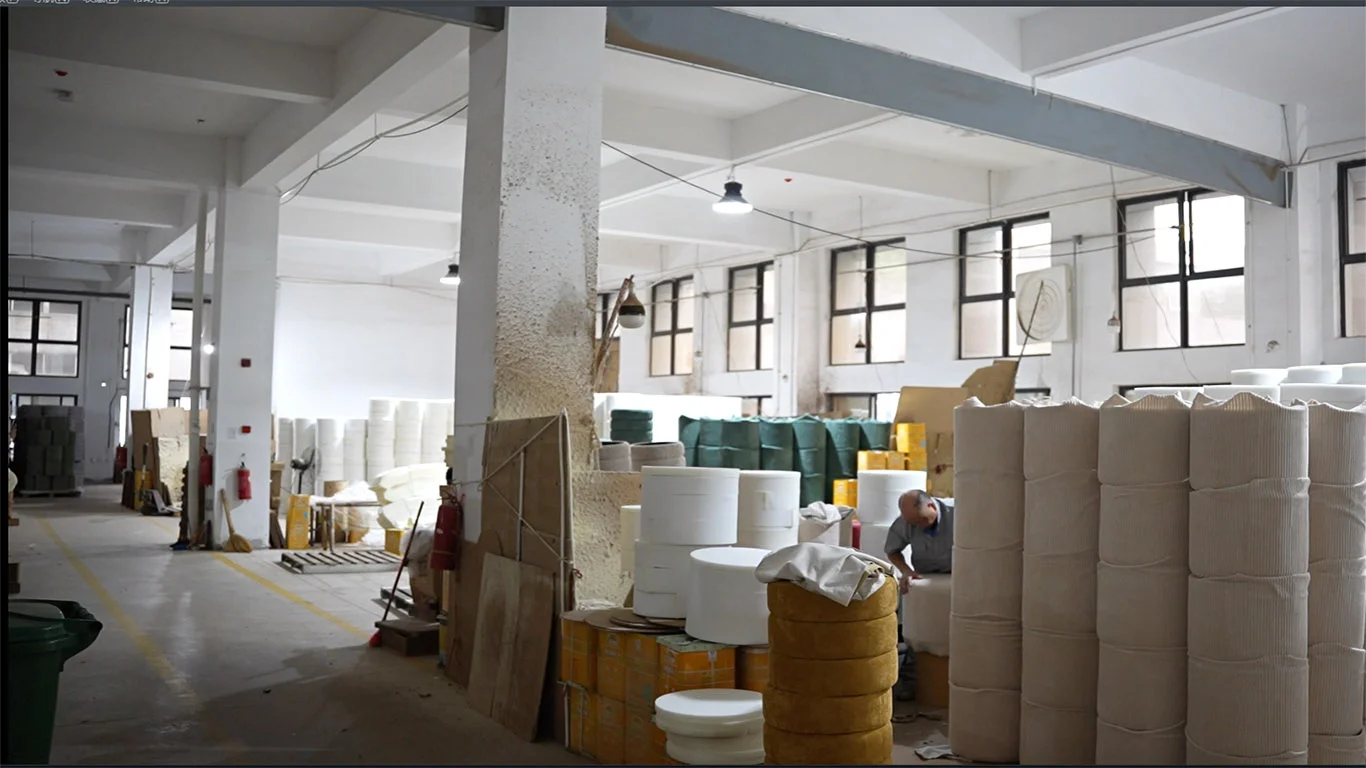Wooden Ottoman Chest: A Symphony of Eastern Mystique and Continental Rationality
Wooden Ottoman Chest: A Symphony of Eastern Mystique and Continental Rationality
When the winds of the Bosphorus sweep through the oak rings of the Black Forest, a philosophy of craftsmanship spanning time and space awakens in the mortise and tenon joints. The wooden Ottoman chest—born at the crossroads of Eurasia—has long transcended its origins as mere seating, transforming into a poetic vessel for intimate spaces.
Poetry of Function: A Duet of Reason and Mystery
In the penthouse of Munich architect Hans, a walnut Ottoman chest rests silently by the floor-to-ceiling window. German artisans, with precision down to 0.1 millimeters, have crafted drawer slides that glide like silk. Deep within the chest lies a retractable tea tray, rising to hold Persian glazed teacups or vanishing like a castle’s secret passage—a contemporary deconstruction of Ottoman tea rituals by the rational spirit of the Rhine. Meanwhile, in the Beirut mansion of antique dealer Maya, an ebony-carved chest serves as a spice archive: Damascus rose oil breathes alongside parchment scrolls in the top drawer, while myrrh crystals cast diamond-shaped light on velvet-lined secret compartments below.
Spatial Fugue: From Private Sanctum to Cultural Threshold
In a corner of Vienna’s Secessionist café, a cherrywood Ottoman chest with brass-edged corners becomes an archive of art journals. As regulars slide open the teak drawers, the gilded titles of Klimt catalogs shimmer through the espresso mist. In Dubai’s Canal Hotel, designers embed three gilded chests into arched niches, their date-palm motifs shimmering with light, entangling modern architecture with memories of Arab courtyards. The most exquisite iteration appears in Istanbul’s Contemporary Art Museum—twelve chests assembled into a circular installation. When a drawer is pulled open, fragments of Quranic manuscripts sit alongside Berlin electronic scores, Ottoman calligraphic curves resonating with Bauhaus geometric lines.
Material Narratives: A Dialogue of Civilizations in Wood Grain
The masterpieces of Teruier Furniture Workshop use oak salvaged from Rhine shipwrecks as their primary material. These giant timbers, submerged for three centuries, are treated with German low-temperature curing techniques, their surfaces revealing mineral veins reminiscent of Gothic stained glass. The drawer linings, crafted from Lebanese cedar, release the scent of Mount Hermon’s melting snow when unlocked with a Damascus steel key. Most ingenious is the foot design—brass-clad tenons envelop the base, echoing Byzantine column rhythms while adhering to German engineering load algorithms, allowing the heavy chest to hover like a Persian miniature’s magic carpet over marble floors.
Manifestations of the Soul: An Unfinished Legacy
Beneath an Iznik ceramic-inlaid surface, a 1923 letter remains forever sealed in a hidden compartment by Teruier’s third-generation craftsman. Written in a mix of Ottoman Turkish and German, the Greek refugee fleeing Constantinople penned: “Wood grain is a paused river of time; when Western right angles meet Eastern spirals, the unfinished chessboard of war finds reconciliation in the mortise.” Today, every piece bearing the “T” wax seal continues this ritual: artisans intentionally leave a 0.01-millimeter gap in a joint, awaiting subtle shifts from humidity—a metaphor for civilizations’ self-healing after empires fall.
This is no longer just a container. When a Beirut elder retrieves a withered sprig of Jerusalem rosemary from a hidden compartment, or when a Berlin programmer stores a quantum chip in a carved drawer, the wooden Ottoman chest becomes a living graft of civilizations—where Ottoman roses bloom eternally with unfinished nostalgia amid the precise gears of German engineering.

